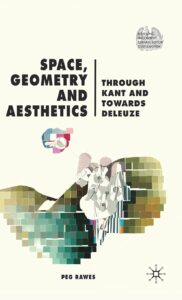Summary of The Poetics of Space by Gaston Bachelard

Poetics of Space by Gaston Bachelard
Bachelard takes us on a journey, from cellar to attic, to show how our perceptions of houses and other shelters shape our thoughts, memories and dreams. One of the best books on feng shui, environmental psychology, interior design and architecture and one of the best books that changed and transformed my life. A classic book – not suitable for speed reading.
“I should say: the house shelters day-dreaming, the house protects the dreamer, the house allows one to dream in peace.”
Gaston Bachelard, The Poetics of Space
The Poetics of Space by Gaston Bachelard was written in the last stages of Bachelard’s philosophical career and if focuses on the subjective perceptions of the house, its interior places and outdoor context. Bachelard’s reasons for writing this book is his philosophy on poetry. Poetry and metaphor are used to explain our relationship to space. The poetic imagery emerges into our consciousness as a direct result of the heart, soul and Being. Poets help us to discover the joy in looking, Bachelard suggests that image comes before thought. In this book, he expands his phenomenology of the soul, not the mind. In earlier work, he had tried to stay objective, true to science but he concluded that this approach was incomplete to explain the metaphysics of the subjectivity of imagination.
The house
Bachelard proposes that any inhabited space that has a notion of a ‘home’, has a function of a shelter to comforts us and protect. He sees the house as a maternal figure or container in which we contain our memories. Bachelard explores psychologically different aspects and feature of houses. For example, he makes a distinction between a doorknob and a key. Although a doorknob is used to close and open doors, the key is perceived more often to close and the doorknob more often used to open.
Continue reading →





